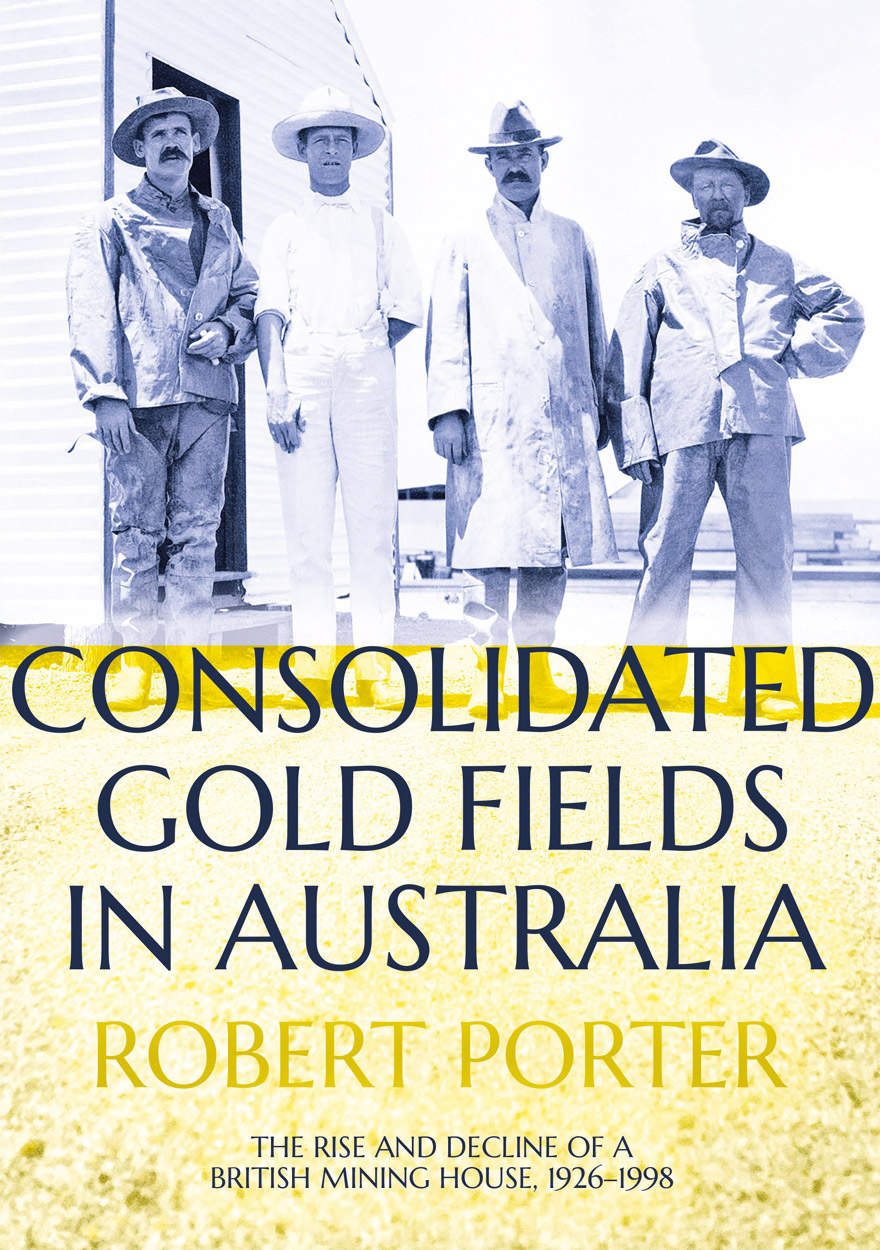Search titles
Displaying results 141 to 150 of 628.

People and Place »
The West Coast of New Zealand’s South Island in History and Literature
Authored by: Len Richardson
Publication date: May 2020
This book traces the enduring relationship between history, people and place that has shaped the character of a single region in a manner perhaps unique within the New Zealand experience. It explores the evolution of a distinctive regional literature that both shaped and was shaped by the physical and historical environment that inspired it. Looking westwards towards Australia and long shut off within New Zealand by the South Island’s rugged Southern Alps, the West Coast was a land of gold, coal and timber. In the 1950s and 1960s, it nurtured a literature that embodied a sense of belonging to an Australasian world and captured the aspirations of New Zealand’s emergent radical nationalism. More recent West Coast writers, observing the hollowing out of their communities, saw in miniature and in advance the growing gulf between city and regional economies aligned to an older economic order losing its relevance. Were they chronicling the last hurrah of a retreating age or crafting a literature of regional resistance?

Consolidated Gold Fields in Australia »
The Rise and Decline of a British Mining House, 1926–1998
Authored by: Robert Porter
Publication date: April 2020
Consolidated Gold Fields was a major British mining house founded by Cecil Rhodes in 1892. Diversifying from its South African gold interests, the company invested widely during the following century. This included investments in the Western Australian gold sector from the 1920s and exploration and mining activities elsewhere in Australia and the Territory of New Guinea. In the 1960s, Consolidated Gold Fields Australia (CGFA) was formed.
CGFA had ambitious plans and the financial backing from London to establish itself as one of the main diversified mining companies in Australia. Investments were held in the historic Mount Lyell Mining and Railway Company, in Renison, and it was one of the first groups to develop iron ore deposits in the Pilbara of Western Australia. It also acquired a major interest in mineral sands.
While the London-based Consolidated Gold Fields ceased to exist in 1989, taken over and dismembered by renowned corporate raider Hanson Plc, its Australian subsidiary, renamed Renison Goldfields Consolidated (RGC), continued for another nine years as a diversified mining group before it suffered its own corporate demise, facilitated by Hanson.
CGFA and RGC were important participants in Australia’s post–World War II mining sector. This book is a history of a once great British mining-finance house and its investments in Australia. Consolidated Gold Fields had a rich and broad history in Australia; its ultimate fate did not demonstrate its potential as an Australian mining company.

China Dreams »
Publication date: April 2020
The year 2019 marked a number of significant anniversaries for the People’s Republic of China (PRC), each representing different ‘Chinese dreams’. There was the centennial of the May Fourth Movement — a dream of patriotism and cultural renewal. The PRC celebrated its seventieth anniversary — a dream of revolution and national strength. It was also thirty years since the student-led Protest Movement of 1989 — dreams of democracy and free expression crushed by government dreams of unity and stability. Many of these ‘dreams’ recurred in new guises in 2019. President Xi Jinping tightened his grip on power at home while calling for all citizens to ‘defend China’s honour abroad’. Escalating violence in Hong Kong, the ongoing suppression of Uyghurs in Xinjiang, and deteriorating Sino-US relations dominated the headlines. Alongside stories about China’s advances in artificial intelligence and geneticially modified babies and its ambitions in the Antarctic and outer space, these issues fuelled discussion about what Xi’s own ‘China Dream’ of national rejuvenation means for Chinese citizens and the rest of the world.
The China Story Yearbook: China Dreams reflects on these issues and more. It surveys the dreams, illusions, aspirations, and nightmares that coexisted (and clashed) in 2019 in China and beyond. As ever, we take a cross-disciplinary perspective that recognises the inextricable links between economy, politics, culture, history, language, and society. The Yearbook, with its accessible analysis of the main events and trends of the year, is an essential tool for understanding China’s growing power and influence around the world.

Australian Journal of Biography and History: No. 3, 2020 »
Publication date: April 2020
The articles in this issue of the Australian Journal of Biography and History consider subjects who have lived across and between national and internal Australian boundaries, and the authors have thus been compelled to address the methodological and theoretical problems of mobility. Kate Bagnall addresses the seemingly insurmountable problem of writing about Chinese women who settled in Australia in the second half of the twentieth century. Contrasting with the dearth of information on Chinese women immigrants to colonial New South Wales, Jackie Dickenson’s chapter on Hong Kong–based merchant and trader Melbourne-born Elma Kelly (1895–1974) benefits from an abundance of documentation, both in the realm of the personal and official. In her article on the Corney family in the aftermath of World War I, Alexandra McKinnon considers the record of loss and sorrow preserved in the archives of the Australian War Memorial. Very different methodological questions are explored by Suzanne Robinson in her reflections on writing a biography of the Australian composer Peggy Glanville-Hicks (1912–90). As a feminist biographer, Robinson had to face a most ‘troublesome question’ of whether her subject’s considerable imperfections, which became evident during research, risked undermining her status as a composer, particularly one whose reputation was yet to be fully established.
A different form of methodological question is posed by Pat Buckridge in his article on three generations of Macdougall men, each of whom became journalists—Dugald (1833–79), who also excelled in business and politics, Dugald the younger (1872–1947), and James (1903–95). The question Buckridge considers is whether his subjects can ‘usefully be considered as a grouped biographical entity signifying more than the sum of its parts, which is to say more than the three separate lives’. By contrast, Peter Crabb’s article on the colonial goldfields reporter John Augustus Hux (1826–64) relates the story of a single figure who, having made connections in his English homeland that would serve him well in Australia, provided eyewitness accounts of a number of significant goldfields in New South Wales, which were widely read in the colony and thus helped to form popular images of the industry. Finally, in a departure from the theme of mobility characterising the other contributions, Nichola Garvey documents her experiences of working with the Western Australian iron ore magnate Andrew Forrest to research and write his biography. In what was conceived by both the author and the subject as an ‘authorised biography’, Garvey’s article raises some fundamental questions about biographical writing of living persons, including the utility and pitfalls of what she calls ‘expressivist anthropology’, as well as the scope of authorisation in biographical writing.
Download for free
Not available for purchase

Roars from the Mountain »
Colonial Management of the 1951 Volcanic Disaster at Mount Lamington
Authored by: R. Wally Johnson
Publication date: April 2020
Mount Lamington broke out in violent eruption on 21 January 1951, killing thousands of Orokaiva people, devastating villages and destroying infrastructure. Generations of Orokaiva people had lived on the rich volcanic soils of Mount Lamington, apparently unaware of the deadly volcanic threat that lay dormant beneath them. Also unaware were the Europeans who administered the Territory of Papua and New Guinea at the time of the eruption, and who were uncertain about how to interpret the increasing volcanic unrest on the mountain in the preceding days of the disaster.
Roars from the Mountain seeks to address why so many people died at Mount Lamington by examining the large amount of published and unpublished records that are available on the 1951 disaster. The information sources also include the results of interviews with survivors and with people who were part of the relief, recovery and remembrance phases of what can still be regarded as one of Australia’s greatest natural-hazard disasters.

The Bugis Chronicle of Bone »
Publication date: April 2020
The Bugis Chronicle of Bone is a masterwork in the historiographical tradition of South Sulawesi in Indonesia. Written in the late seventeenth century for a very specific political purpose, it describes the steady growth of the kingdom of Bone from the fourteenth century onwards. The local conquests of the fifteenth century, closely linked to agricultural expansion, give way to the long conflict with the Makasar state of Gowa in the sixteenth century. Forced Islamisation in 1611 is dealt with in detail, leading finally to first contact with the Dutch East India Company in 1667.
This edition presents a diplomatic version of the best Bugis text, together with the first full English translation and an extensive introduction covering the philological approach to the edition, as well as the historical and cultural significance of the work.
A structure based on the reigns of successive rulers allows for stories about the circumstances of each ruler and, particularly, the often dramatic processes and politics of succession. The chronicle is a rich source for historians and anthropologists seeking to understand societies beyond Europe. It provides a window on to this Austronesian-speaking society before the impact of significant external influences. This is history from within, covering more than three centuries.

Re-imagining Japan after Fukushima »
Authored by: Tamaki Mihic
Publication date: March 2020
The 2011 Tōhoku earthquake, tsunami and Fukushima nuclear disaster (collectively referred to as ‘3.11’, the date of the earthquake), had a lasting impact on Japan’s identity and global image. In its immediate aftermath, mainstream media presented the country as a disciplined, resilient and composed nation, united in the face of a natural disaster. However, 3.11 also drew worldwide attention to the negative aspects of Japanese government and society, thought to have caused the unresolved situation at Fukushima.
Spurred by heightened emotions following the triple disaster, the Japanese became increasingly polarised between these two views of how to represent themselves. How did literature and popular culture respond to this dilemma? Re-imagining Japan after Fukushima attempts to answer that question by analysing how Japan was portrayed in post-3.11 fiction. Texts are selected from the Japanese, English and French languages, and the portrayals are also compared with those from non-fiction discourse. This book argues that cultural responses to 3.11 had a significant role to play in re-imagining Japan after Fukushima.

In from the Cold »
Reflections on Australia’s Korean War
Publication date: March 2020
Open hostilities in the Korean War ended on the 27th of July 1953. The armistice that was signed at that time remains the poignant symbol of an incomplete conclusion – of a war that retains a distinct possibility of resuming at short notice.
So what did Australia contribute to the Korean War from June 1950 to July 1953? What were the Australians doing there? How significant was the contribution and what difference did it make? What has that meant for Australia since then, and what might that mean for Australia into the future?
Australians served at sea, on land and in the air alongside their United Nations partners during the war. They fought with distinction, from bitterly cold mountain tops, to the frozen decks of aircraft carriers and in dogfights overhead. This book includes the perspectives of leading academics, practitioners and veterans contributing fresh ideas on the conduct and legacy of the Korean War. International perspectives from allies and adversaries provide contrasting counterpoints that help create a more nuanced understanding of Australia’s relatively small but nonetheless important contribution of forces in the Korean War. The book finishes with some reflections on implications that the Korean War still carries for Australia and the world to this day.

Vietnam Vanguard »
The 5th Battalion's Approach to Counter-Insurgency, 1966
Edited by: Ron Boxall, Robert O’Neill
Publication date: February 2020
The Vietnam War, and Australia’s part in it, was a major military event, calling for willingness to face death and destruction on the battlefield on the part of those sent there, especially the men of our infantry battalions who formed the spearhead of our forces in Vietnam. For many reasons, the Australian public know relatively little about what our Army did in Vietnam during the war, particularly during the years of our peak commitment, 1965–72. This book attempts to make the true nature of the war clearer to readers, emphasising how hard fought it was during major operations.
Twenty-seven of the contributing authors of this book were involved in the 1966 deployment of the 1st Australian Task Force into Phuoc Tuy Province. This formation was the first Australian Army force larger than an infantry battalion group to be deployed into a major war since World War II. 5th Battalion, the Royal Australian Regiment (5 RAR), was in the vanguard as the task force’s first element committed to operations to seize and occupy Nui Dat base and embark on establishing dominance over the enemy.
The narratives presented in this book give rare insights into thoughts of the soldiers at the time and how they have come to view the Australian Government’s hurried expansion of its initial commitment to that war, the Army’s state of preparedness for that wider involvement, and how those in its forefront adapted to get the job done, both in and out of operations, despite numerous shortcomings in higher level planning.
Both professional soldiers and conscripted national servicemen have contributed viewpoints to these pages.

Wiidhaa »
An Introduction to Gamilaraay
Authored by: John Giacon
Publication date: February 2020
The Gamilaraay language declined in use for many years after the colonisation of Australia. From around 1990, Gamilaraay people and others have been working to revive the language. This book draws on recent research into previous records and analyses of Gamilaraay and of the closely related, and better recorded, Yuwaalaraay. It provides an introduction to many aspects of the language including verbs, the case system and the extensive pronoun paradigm, in a format that students have found very helpful for the last 12 years.
Please note: Readers will need to download and open the PDF files in the latest version Adobe Acrobat to access and listen to the sound files within the book.
This textbook is used as course material in:
Gamilaraay – an introduction to an Australian Indigenous Language INDG2003 and INDG6003



